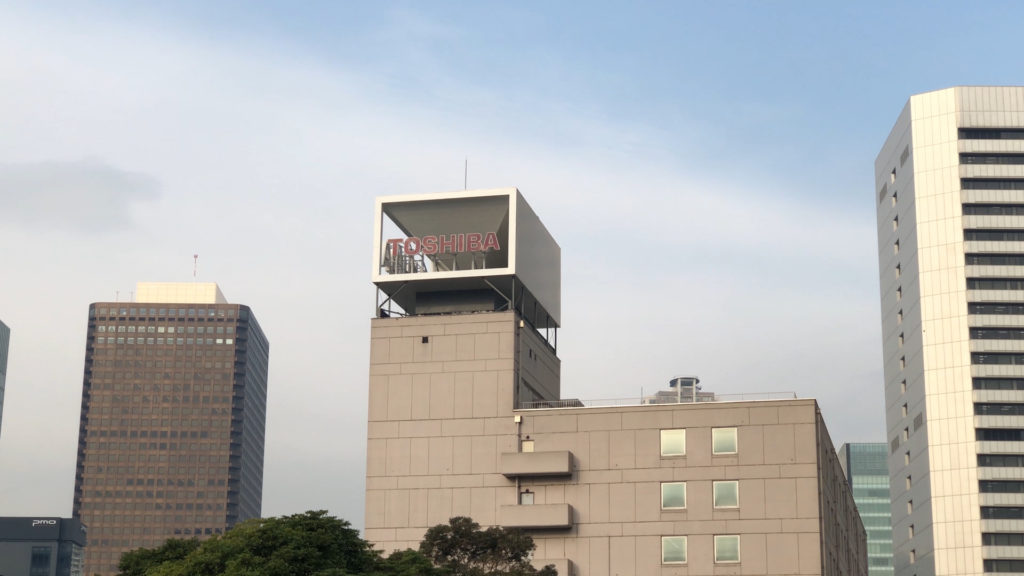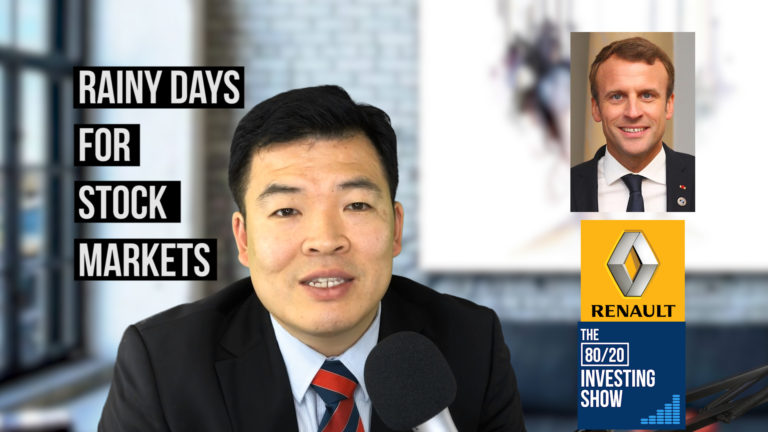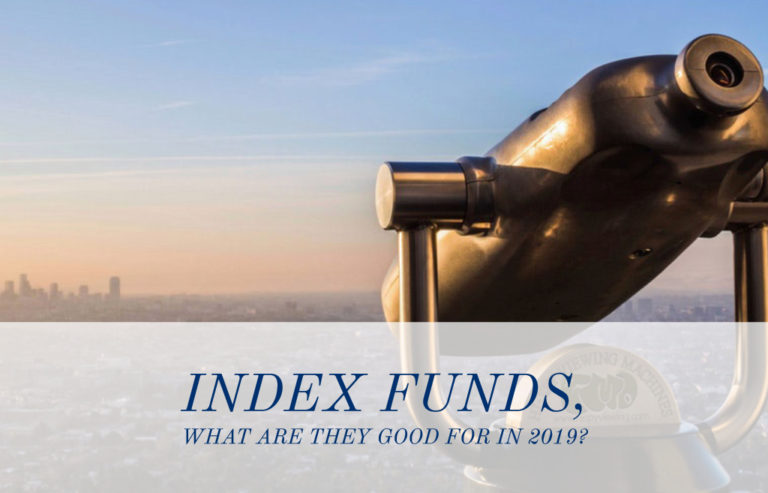Subscribe: Apple Podcasts | RSS | More
[Watch this episode on Youtube]
Bitcoin Cash is Here to Stay

We reached another Bitcoin low now trading at $3350 – a level not seen for more than a year.
In an interview with Bloomberg today, Roger Ver aka Bitcoin Jesus made some interesting remarks.
“…the fact that hackers are hacking the system shows that it is worth something. If it wasn’t worth anything, it wasn’t useful, hackers wouldn’t be wasting their time trying to hack it – “
“…if anything, it’s just a more bullish signal that cryptos are here to stay and here for the long-term.”
According to his logic it’s good that hackers exist and continuously hack the crypto world as it brings more awareness to the whole ecosystem – and of course makes it stronger over time – By his logic, unfortunately, it seems that it needs to get a whole lot stronger and the awareness needs to turn positive rather than repelling potential investors.
It also seems that the whole system is built on the back of more naive investors and believers as they are usually the bag holders – A lot of money has come from Korean and Japanese individual investors- they won’t see their money back any time soon.
I admire Vers drive the bring the industry forward and I share his vision of improved payment systems using crypto technology. But I am astounded by his optimism and capability to filter out anything bad and actually turn it into something positive.
But this could also be interpreted as demented optimism in face of enormous hurdles, disgruntled retail investors and increased scrutiny by financial authorities.
Ver and his many follows might be right in predicting the future of money transactions but still be the loser as they have been betting on the wrong horse all along.
Toshiba, Back to Innovation

Toshiba Corporation is a Japanese multinational conglomerate headquartered in Tokyo, Hamamatsucho, Japan.
It’s office is nestled between the commercial district of Shiodome and Shinbashi and Shinagawa area where Sony has its head office.
Its easy access to Haneda Airport the #2 airport of Tokyo and the more conveniently located airport of the two makes Toshiba Head office location a prime real estate object.
Its product and service offering ranged from laptops to information technology and communications equipment and systems, electronic components and materials, power systems, industrial and social infrastructure systems, providing consumer goods to part for trains and it infrastructure not only for the private sector but for the Japanese government as well. Passport and citizen databases are just some of the project Toshiba has been working on with other leading Japanese tech companies such as Fujitsu or NEC.
History of Past Successes
It’s history is as impressive as its wide product and services range.
Toshiba as we know it is a product of a merger of two venerable tech companies founded in the late 19 hundreds. These two companies formed Toshiba in 1939 at the the beginning of WWII. After the war the company contributed to Japan’s rise to the second largest economy by the late 80s
Toshiba is responsible for a number of Japanese firsts, including radar (1912), the TAC digital computer(1954), transistor television and microwave oven (1959), color video phone(1971), Japanese word processor (1978), MRI system (1982), laptop personal computer(1986), NAND EEPROM (1991), DVD (1995), the Libretto sub-notebook personal computer (1996) and HD DVD (2005).
Part II ARROGANCE and Death Blow
Early signs of hubris could be seen, when Toshiba’s leadership downplayed and ridiculed along with other established Japanese companies Sony’s early sprouts in the Shinagawa area as a capable consumer electronics company that produced transistor radios, Toshiba, as we can learn from Sony’s history, made life difficult for Ibuka and Morita san Sony’s legendary two co-founders. But Toshiba and others couldn’t stop the engineering and marketing genius that made Sony one of the leading consumer brands in the world.
In the late 90s and into the dotcom bubble phase, Toshiba went on an unprecedented shopping spree, making it a favorite customer for leading international investment banks.
The highlight of Toshiba’sacquisition strategy was its purchase of Westinghouse Electric company in 2005. Following a global trend of a nuclear future making it Toshiba bet the house on Nuclear unprecedented and power generation services.
In July 2005, BNFL confirmed it planned to sell Westinghouse Electric Company, then estimated to be worth $1.8 billion. The bid attracted interest from several companies including Toshiba, General Electric and Mitsubishi Heavy Industries.
On 23 January 2006, theFinancial Times reported that Toshiba had won the bid, it valued the company’s offer at $5 billion.
In a move of self-destructive behavior both Japanese companies started a bidding contest confirming once moreToshiba’s mind-boggling hubris and loss of reality based on successes from along distant past. But this time Toshiba’s luck would run out.
Right from the beginning, the deal would run into trouble. Ranging from accounting irregularities for simply overpaying for a subpar acquisition, the usual cultural barriers when Japanese make acquisitions overseas and simply financing issues in the wake of the Subprime crisis that peaked in early 2009. But the ultimate death blow would come on March 11. 2011.
The devastating earthquake in the Tohoku region of Sendai would bring a Nuclear dominated business strategy to an abrupt end.
In the typical fashion of Japanese delay and cover-ups, they stretched the enormous financial and operational problems for a very long time. Occasionally by making additional acquisitions(2013 acquisition of LNG business in the USA) just to go in “double or nothing” at a time where all lights were red at Toshiba’s accounting department.
But in 2015 – the game of “hide and seek” was over. The 143-year-old company had to reveal an accounting scandal with widespread irregularities at its global operations.
The ultimate shame came on 11 April 2017, when Toshiba filed unaudited quarterly results because of uncertainties at Westinghouse, which had filed for Chapter 11 bankruptcy protection. Toshiba stated that “substantial doubt about the Companys ability to continue as a going concern exists”.[4] Toshiba’s status as a listed company was at risk for a company that at that time was more than 140 years old.
The Big Unwinding

In November a new strategy was announced under the new leadership of Nobuaki Kurumatani
The priority has been shedding assets, cutting jobs and which also includes 7,000 job cuts, or 5 percent of its workforce, over five years.
“We are moving to a more stabilized business model by removing risk segments,” Toshiba CEO told reporters in Tokyo.
With this, the whole strategy had to be revamped and a great unwinding followed under a new leadership. The once celebrated strategy of modern energy generation based on a nuclear core strategy was over and everything that followed was considered foolish or simply not modern enough.
To cover past losses, Toshiba’s new leadership saw itself forced to sell it prime business united, it profit-generating and globally prized memory chip unit early 2018 . to a consortium led by U.S. private equity firm Bain Capital. In early 2018 the company sold Westinghouse at a pittance for what it had paid for – The journey was over.
In November it was announced that Toshiba would sell the LNG business it had acquired back in 2013 to ENN Ecological Holdings, a unit of Chinese gas company ENN Group.
Toshiba also announced it would withdraw from a U.K. nuclear power plant construction project, after failing to offload the business. It will start the windup process of British nuclear arm NuGen in January 2019.
Both units were loss makers and remnant of the old Toshiba.
New Strategy and New DawnN
The new CEO Nobuaki Kurumatani emphasized the company’s determination to invest in long-term growth, including lithium-ion batteries for automobiles and trains, as well as internet of things-related endeavors.
From fiscal 2019 to 2023, the conglomerate plans to invest 810 billion yen into such industries.
The company expects to generate more than 4 trillion yen in sales for fiscal 2023, with a 10% operating profit margin.
“We have enough competitiveness as a physical platformer with various devices,” Kurumatanisaid, “so we need to focus on digitizing our business model.”
So far, Investors responded favorably as news of Toshiba’s restructuring initiative spread. Toshiba’s shares surged 12.7 percent to close near two-year highs after the announcement reaching a new interim high of almost 4000 yen a share ($35).
It helped that Toshiba announced a share buyback plan that could see the repurchase of up to 40percent of its own shares starting this year.
Since then the stock price dropped back to 3500 ($31) as of December 7th.





